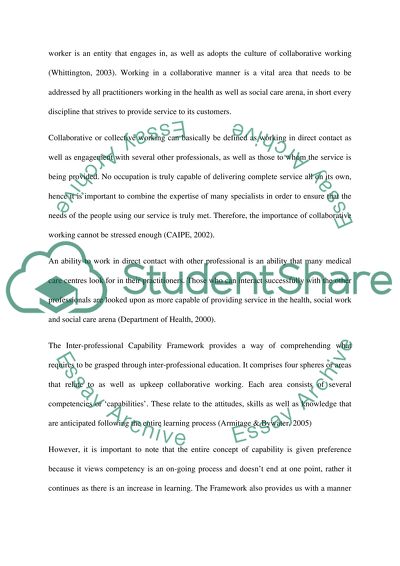Cite this document
(“Gibbs Reflective Cycle Essay Example | Topics and Well Written Essays - 1750 words”, n.d.)
Retrieved from https://studentshare.org/health-sciences-medicine/1438557-gibbs-reflective-cycle
Retrieved from https://studentshare.org/health-sciences-medicine/1438557-gibbs-reflective-cycle
(Gibbs Reflective Cycle Essay Example | Topics and Well Written Essays - 1750 Words)
https://studentshare.org/health-sciences-medicine/1438557-gibbs-reflective-cycle.
https://studentshare.org/health-sciences-medicine/1438557-gibbs-reflective-cycle.
“Gibbs Reflective Cycle Essay Example | Topics and Well Written Essays - 1750 Words”, n.d. https://studentshare.org/health-sciences-medicine/1438557-gibbs-reflective-cycle.


